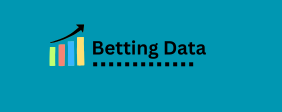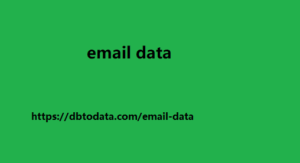The chapter begins by explaining the concept of grouping data using the method in pandas. Grouping is useful when you want to split your data into subsets, apply some function (like summing, counting, or averaging), and then combine the results back into a single structure. This section introduces how the operation can be used on Data Frame or Series objects to aggregate data based on one or more categorical columns.
Using
The operation in pandas allows you to group data by a specific column or a set of columns. For example, if you have sales data for different regions, you can group the data by the “region” column and then compute statistics like the sum or mean for each group. This section details how to use with different types of aggregation functions such as , and others.
Aggregation Functions
This section discusses the various aggregation methods that can brazil email list be applied to grouped data. For example, applying allows you to compute multiple statistics at once. It also introduces custom aggregation with , which gives more flexibility for applying more complex functions to each group.
Hierarchical Indexing in Grouped Data
When grouping by multiple columns, pandas creates a hierarchical index (also known as a MultiIndex), which can be useful for complex data structures. This section explains how the hierarchical index works and how you can use it to filter, slice, and manipulate the grouped data. It also covers how to flatten the MultiIndex if you want to simplify your results or access individual levels of the index.
Transforming and Filtering Data
Beyond aggregation, the operation also allows data transformation and filtering. Transforming means modifying the values in each science in ruins: gaza’s scientists call for global support group without changing the group structure. This can be useful, for example, to normalize data within each group. Filtering lets you discard groups that don’t meet certain criteria. This section goes over how to use to perform these operations.
Practical Examples and Use Cases
The final section of the chapter presents practical examples and use cases for operations. This includes examples like grouping job data data by dates to calculate monthly or weekly statistics, grouping by categorical variables like product types, and computing rolling statistics for time-series data. These examples demonstrate the versatility of pandas’ grouping capabilities in real-world data analysis tasks.

